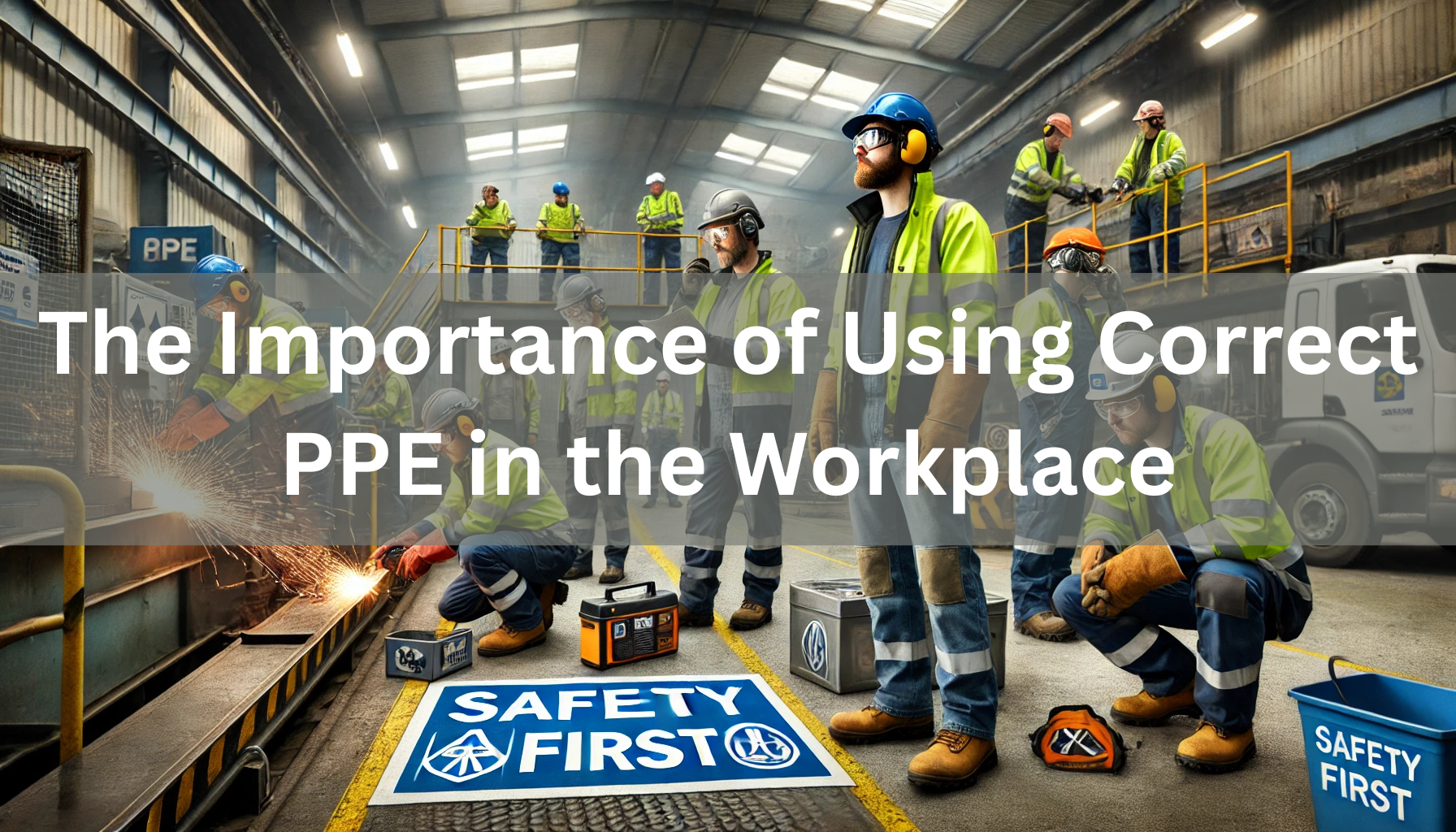Ensuring that employees are properly equipped with the correct Personal Protective Equipment (PPE) is a fundamental aspect of workplace safety in the UK. It is not just a legal requirement but also a moral obligation for employers to provide and enforce the use of PPE to safeguard their workers from potential hazards.
Legal Responsibilities
Under the Personal Protective Equipment at Work Regulations 1992, employers are legally required to supply PPE free of charge, maintain it, and train workers on its correct usage. This applies to various industries, from construction and manufacturing to healthcare and office environments. Employers must carry out risk assessments to identify the need for PPE and select the appropriate gear based on the hazards present.
Key Types of PPE
The type of PPE required varies by industry but typically includes:
- Head protection: Hard hats protect workers from falling objects and head injuries.
- Eye protection: Safety goggles or face shields prevent injuries from flying debris, chemical splashes, or sparks.
- Hearing protection: Earplugs or earmuffs reduce exposure to hazardous noise levels.
- Hand protection: Gloves suitable for specific tasks, such as handling chemicals or sharp objects, are essential to protect the skin from injury.
- Foot protection: Steel-toe boots safeguard against heavy objects, punctures, or slips.
- Respiratory protection: Masks and respirators help filter out harmful dust, fumes, or chemicals.
Why Correct Use of PPE is Crucial
Wearing the correct PPE can significantly reduce the risk of injury, illness, or death. For example, in industries where noise levels are consistently high, failing to wear ear protection can lead to permanent hearing loss. Similarly, in environments where hazardous materials are present, not using proper respiratory protection can expose workers to toxic substances.
It is essential that both employers and employees understand the limitations of PPE. While it can provide a vital layer of protection, it should be seen as a last resort after other safety measures have been implemented, such as engineering controls or administrative procedures.
Encouraging a Culture of Safety
Creating a workplace culture that values safety is key to ensuring the correct and consistent use of PPE. Regular training, clear signage, and periodic safety audits can reinforce the importance of using PPE correctly. Workers should also feel empowered to report damaged equipment or safety concerns without fear of reprisal.
Conclusion
The correct use of PPE is not just a matter of compliance but of safeguarding the well-being of every worker. Employers must lead by example, ensuring that safety comes first at all times and that every employee is well-versed in the correct use and care of their protective equipment. A safe workplace is an efficient and productive one.

